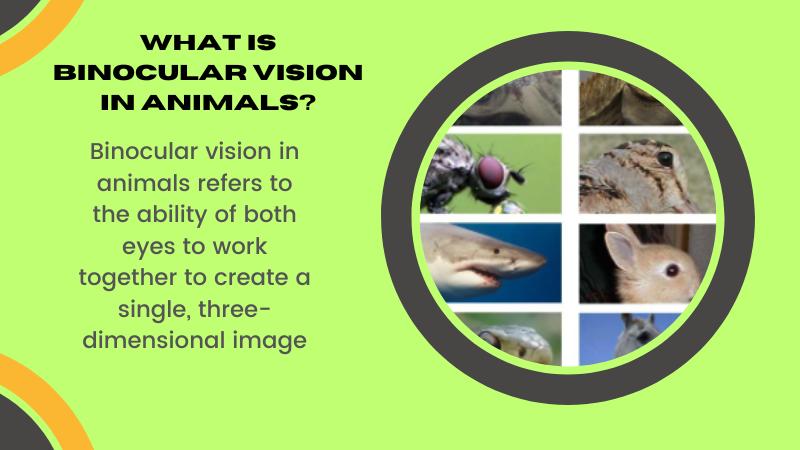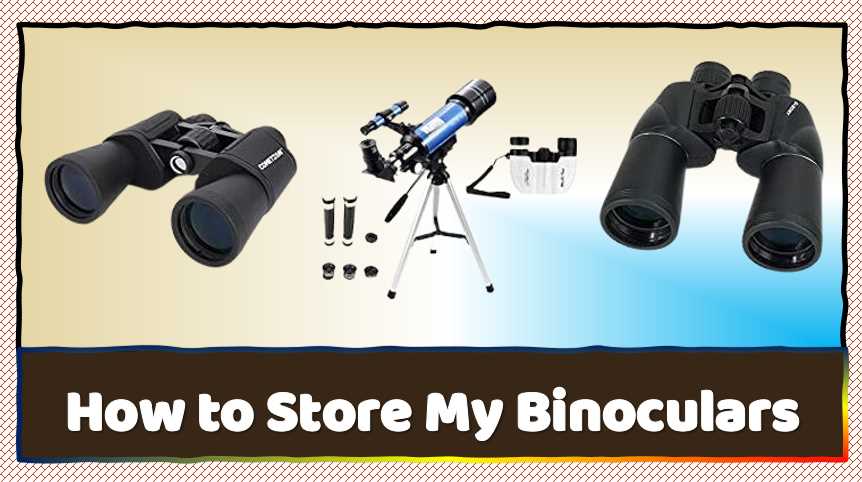Binocular vision in animals refers to the ability of both eyes to work together to create a single, three-dimensional image. This type of vision allows for depth perception, which is crucial for hunting, navigating, and interacting with the environment.

From my experience as a marine biologist, binocular vision is particularly vital in predators, both terrestrial and marine, as it enables accurate judgment of distance, critical for capturing prey. In marine animals, such as certain species of fish and cephalopods, binocular vision is less common due to the different sensory needs underwater. However, species like dolphins and seals have well-developed binocular vision, allowing them to precisely locate and track moving prey in a three-dimensional aquatic environment.
Binocular vision also varies significantly among species based on ecological niche. Predators typically have forward-facing eyes, giving them a larger field of binocular vision, which enhances depth perception. In contrast, prey animals often have eyes positioned on the sides of their heads, offering a wider field of view but reduced binocular overlap, prioritizing awareness over depth perception.
| Animal Group | Percentage with Binocular Vision | Field of Binocular Vision | Field of Monocular Vision | Notes |
|---|---|---|---|---|
| Birds of Prey (e.g., Hawks) | ~80% | ~50-70° | ~270-300° | High binocular vision for precise hunting. |
| Mammalian Predators (e.g., Cats) | ~90% | ~100-140° | ~220-250° | Strong binocular vision for depth perception. |
| Herbivores (e.g., Deer) | ~30% | ~20-40° | ~310-340° | Limited binocular vision, wider monocular field. |
| Marine Mammals (e.g., Dolphins) | ~70% | ~60-90° | ~270-300° | Binocular vision aids in prey tracking underwater. |
| Fish (e.g., Predatory Fish) | ~10-15% | ~20-40° | ~320-340° | Limited binocular vision; most rely on lateral vision. |
How Does Binocular Vision Work?
Imagine looking at the world through two slightly different windows. That’s essentially binocular vision. The brain processes the slightly offset images from each eye, creating a 3D perception of depth. This ability is crucial for judging distances, identifying objects, and navigating complex environments.
Dolphins: Masters of the Marine Realm
Dolphins are a prime example of marine mammals that have harnessed binocular vision to their advantage. Their eyes are positioned on the sides of their heads, allowing for a wide field of view. However, when they focus on an object, their heads can rotate to achieve binocular vision. This adaptation is particularly important for hunting, where precise depth perception is essential for capturing elusive prey.
Beyond hunting, binocular vision aids dolphins in social interactions. They can maintain complex relationships within their pods by accurately judging distances and body language. Moreover, it assists in navigation through complex underwater terrains and avoiding obstacles.
Challenges of Underwater Vision
While binocular vision is a powerful tool, the marine environment presents unique challenges. Water distorts light, making it difficult to see clearly at depth. Dolphins and other marine mammals have evolved adaptations like large pupils and specialized lenses to overcome these hurdles.
Conservation Implications
Understanding the intricacies of marine mammal vision, including binocular vision, is crucial for their conservation. Human activities like pollution, habitat destruction, and noise pollution can impact an animal’s vision, affecting their ability to survive and reproduce. By studying and protecting these remarkable creatures, we can ensure the health of our oceans and the fascinating beings that inhabit them.
Binocular vision is just one piece of the complex marine mammal sensory biology puzzle. There’s still much to discover about how these animals perceive and interact with their world. As we continue to explore and understand our oceans, we gain a deeper appreciation for the incredible adaptations that allow marine mammals to thrive in their watery homes.
How does binocular vision differ from monocular vision?
Monocular vision is when each eye is used separately, and each eye’s field of vision does not overlap with the other. Animals with monocular vision can see a wider area around them, which is useful for spotting predators. However, they do not have the same depth perception as animals with binocular vision. In contrast, binocular vision provides a narrower field of view but offers better depth perception, which helps in activities requiring precise distance judgment.
Which animals have binocular vision?
Many predators, including humans, birds of prey, and big cats, have binocular vision. These animals rely on their ability to judge distances accurately when hunting or navigating through their environments. Binocular vision is also common in primates, like monkeys and apes, who use it to move through trees with precision. On the other hand, many prey animals, such as rabbits and horses, have monocular vision, allowing them to have a wider field of view to detect predators.
Why is depth perception important for animals?
Depth perception allows animals to judge how far away objects are, which is crucial for survival. For predators, it helps in accurately targeting prey, whether during a chase or a strike. For animals that navigate through dense environments, like birds flying through forests or monkeys swinging from branch to branch, depth perception is vital to avoid obstacles and move safely. Without good depth perception, these tasks would be much more difficult and dangerous.
How do animals with binocular vision benefit in hunting?
Animals with binocular vision can focus both eyes on their prey, giving them a clear and detailed view of their target. This focused vision allows them to judge distances accurately, making it easier to pounce on prey with precision. For instance, a lion stalking its prey can gauge how far away the animal is, ensuring that it leaps at the right moment to make a successful catch. Similarly, birds of prey, like eagles, use binocular vision to spot and accurately dive onto small animals from high in the sky.
Are there any disadvantages to having binocular vision?
While binocular vision provides excellent depth perception, it does come with a narrower field of view compared to monocular vision. This means that animals with binocular vision might not be as aware of what is happening around them, especially to the sides and behind them. For predators, this is less of an issue since they are often at the top of the food chain. However, prey animals that need to be constantly aware of their surroundings may benefit more from monocular vision, which offers a broader view to spot potential threats.
How does binocular vision develop in animals?
Binocular vision typically develops early in an animal’s life as their eyes and brain mature. The process involves the coordination of both eyes to focus on the same object and the brain’s ability to merge these two images into one. For some animals, like humans, binocular vision begins to develop in infancy and continues to improve as the brain and visual system mature. In other species, like certain birds, binocular vision is functional soon after birth, which is crucial for their survival.
Can animals with monocular vision switch to binocular vision?
Some animals with primarily monocular vision can briefly switch to binocular vision by aligning their eyes forward to focus on a specific object. However, this is not as effective as the binocular vision found in predators and other animals. For example, a pigeon, which has eyes on the sides of its head, can momentarily bring its eyes forward to focus on an object, but it will not have the same level of depth perception as a hawk, which has eyes positioned for continuous binocular vision.

I am an enthusiastic student of optics, so I may be biased when I say that optics is one of the most critical fields. It doesn’t matter what type of optics you are talking about – optics for astronomy, medicine, engineering, or pleasure – all types are essential.
Table of Contents
